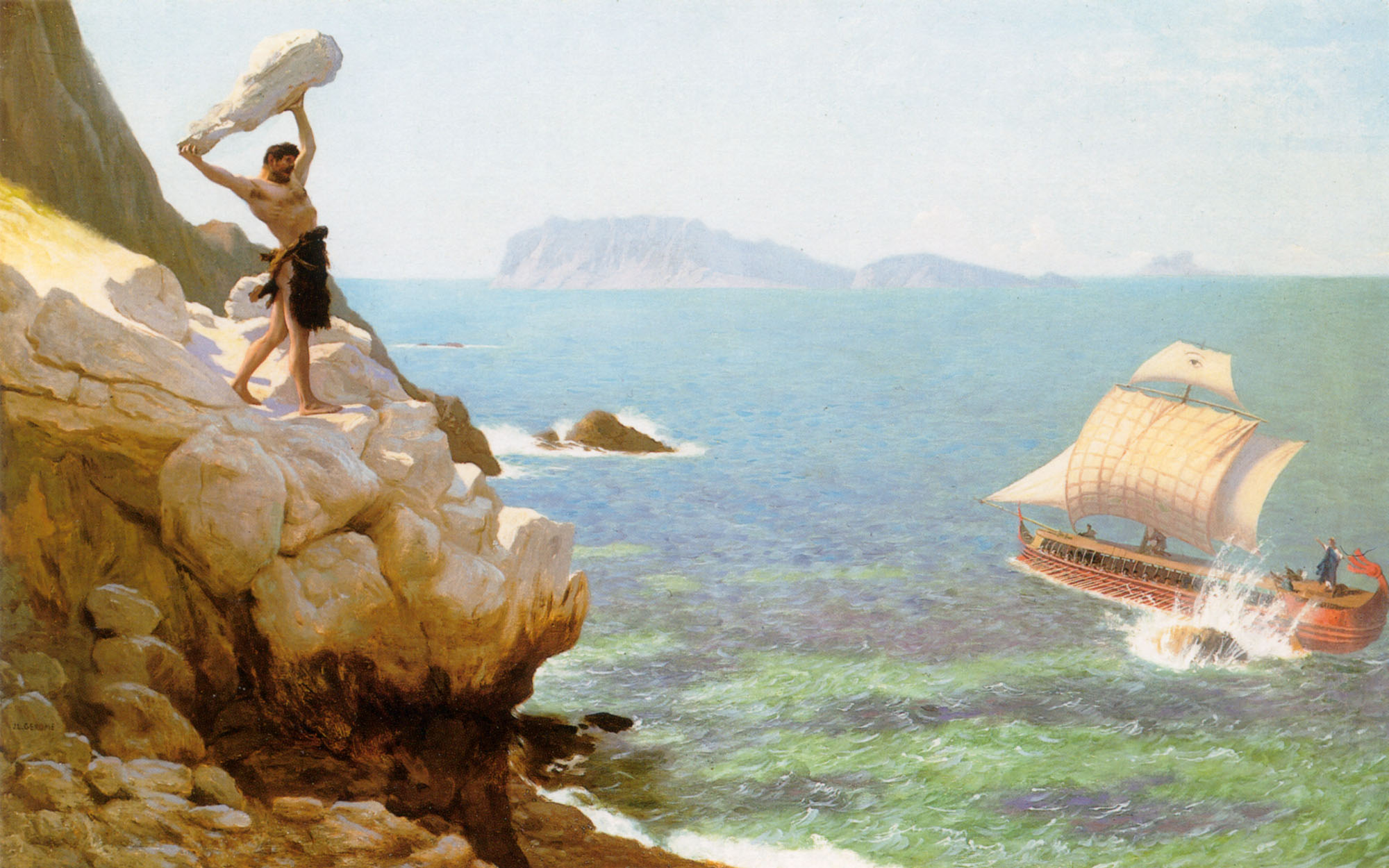
It was by chance that I discovered Futurism, but then again I have never discovered anything by any other way.
My notes are filled with unfinished posts of half baked ideas I eventually get to unload here. Thus writing doesn’t truly take much time, specially considering I am writing for an audience of one: me. It is finding the art that accompanies my posts what takes the longer time to prepare. I’m not complaining, after all I do enjoy exploring new art, new movements, new artists, or often just sticking to those I know and hold dear. For this one, finding accompanying art was effortless.
The duality of conservatism & liberalism
It is a bit ironic that when it comes to art I am quite conservative (in the true sense of the word) with my preferences, yet for almost everything else I’m fairly liberal. Futurism, being part of the broader Avant Garde movement, would perhaps be at the edge of this binary distinction. Thus I often like to think that the Avant Garde marks the boundary of where I start disliking art, or in other words: The Avant Garde is the last of the modern art movements that I regard as having some value. There are some exceptions naturally, but for the most part so it is with me. Obnoxious? Certainly.

Yet more obnoxious was a younger me at art history class in college. Which 23 year old has such insufferable opinions about art movements at such early age: clearly me. I did not spare any opportunity to drive my teacher crazy over my distaste for the art of the last 100 or so years. I do think my arguments helped entertain the teacher as hardly everyone else seemed invested in the topic. It was in this class when the topic of Futurism first came to my attention.
The movement rises
I pride myself in being that one person that goes to that one museum to see that one painting. The setting was the MoMA in NYC. Here I was excited to disregard almost everything offered by the museum to rush and see Umberto Boccioni’s master piece: La città che sale. The influence of cubism is evident, but the addition of motion is novel, very novel.

I always like to attribute the addition, the revolution, of movement in paintings to the one and only Rembrandt. One could argue that before paintings like The Night Watch, art was static. The Futurists took this concept and definitely augmented it. It was not only technology that featured an excess of motion, but so do the ordinary. The City Rises shows no machines but beasts of burden fully invigorated by motion, or rather excess of motion.
The beasts of metal
Was it true that no other war had been as brutal as the World War? I’d probably say not, however it is true that the novelty of the technologies used led to an attritional nightmare which must had driven soldiers beyond the edges of sanity. This was very true of the post war Expressionists. In contrasts the Futurists saw war through a different lens. This could had been because many of its proponents witnessed war only from the comfort of their studios.

Regardless, the focus on the new machines, new technology and the advancement in speed was evident. Airplanes, automobiles, and compositions made around their movement were a clear subject. Even more when such tools where used in what Futurists held dear: militarism.
We will glorify war
Futurism comes at the intersection of nationalism and technology that Italy, like many other European countries, experienced at the wake of The Great War. For this movement, beauty was represented by movement, by motion. Thus, a semblance of motion, or perhaps an excess of movement can be appreciated in almost every painting, even every sculpture. I rediscovered this very last fact some months ago at the Imperial War museum in London. Here I happened to stumble upon one of the most famous sculptures of Futurism.

The bust of this infamous dictator is like none other. A continuous profile, as if the subject itself had been rotating around its Y-axis, this created an unique rendition of his façade. Creative, yes… of artistic excellence, arguable. Here two very defining traits of Futurism are displayed. The love, the fixation with motion, but also, ardent nationalism. Unlike many current artists that tend to reject militarism, nationalism and imperialism; the Futurists embraced it. One must only read the Manifesto of Futurism to witness how much these artists glorified war and violence.
Nationalism at the outset of the Great War was a not so novel concept, however it was one that gained a lot of momentum. Several multiethnic empires collapsed into nation states. Like Italy, newer nations gained a lot more cohesiveness. It is not raw nationalism a negative or undesirable trait in society, rather the excesses and crimes that are committed in the name of.

Futurism was merely the way many Italian nationals chose to see the world with the backdrop of a war to end all wars. Many wish to see the future, these Italians had already witness it.
